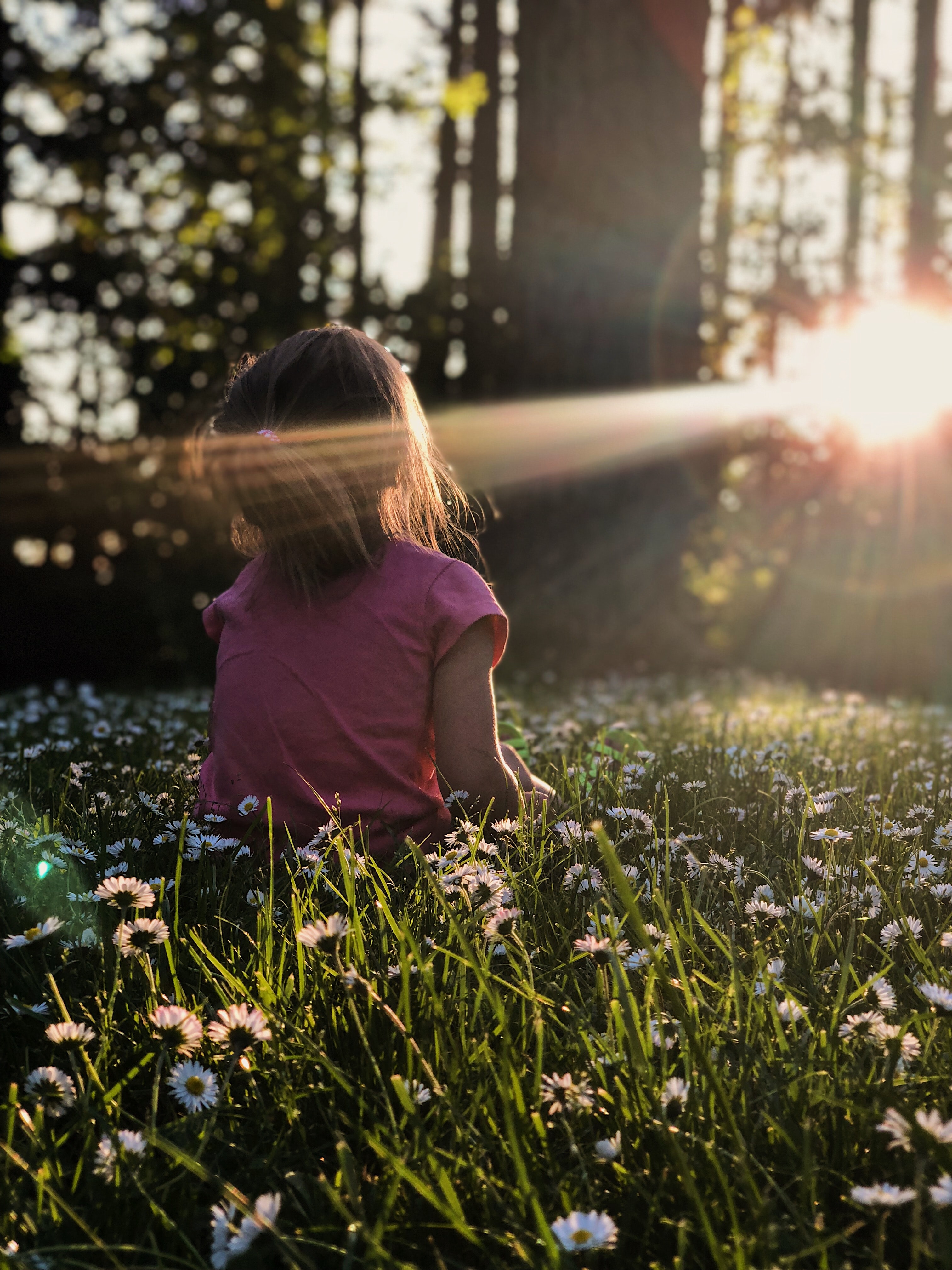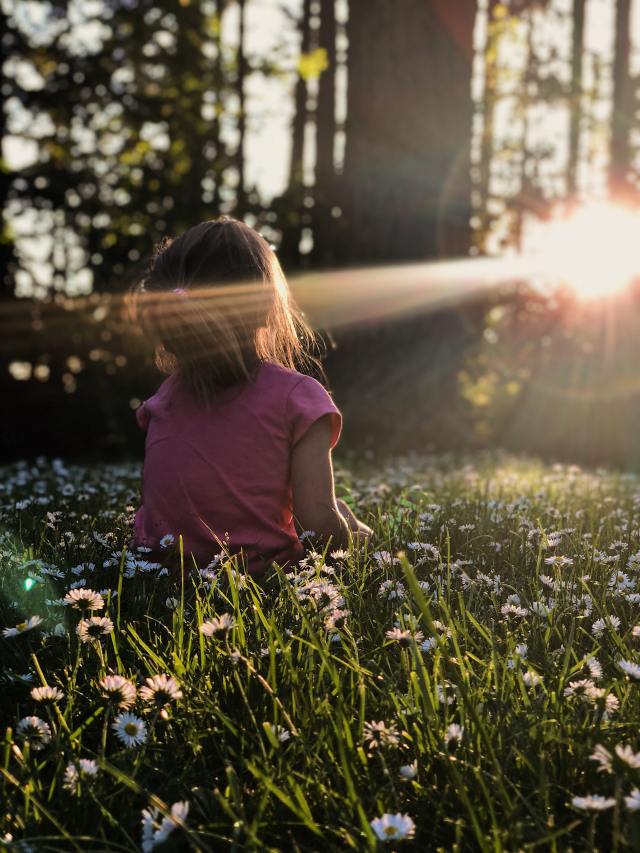
With some schools closed for a few weeks and others till the end of the school year, kids are feeling completely out of sorts with any kind of normal routine. To ease the disruption and cultivate a sense of joy and calm within what is a chaotic time, what is helping in my house is meditation. While meditation for me looks like sitting with my eyes closed and focusing on my breath, it looks very different for my two and a half-year-old. While the benefits of meditation for children are similar in that it helps them to cultivate a focused attention, become more compassionate and kind to themselves and others, and helps regulate emotion, meditation practice for kids is different than for adults.
Here are a few meditation and mindfulness practices for different age groups that can help you and your children feel more relaxed during this time.
3 to 6-Year-Olds
Snail Breathing: Find a nice place to sit with your child. Make sure all distractions are put away. They can be next to you or seated on your lap. Show them your right hand, spreading out all five fingers. Begin by showing them the practice. The practice is tracing your right hand with the pointer finger of your left hand. You inhale as you go up to your thumb, exhale as you go down your thumb, inhale as you go up to your pointer finger, exhale as you go down your pointer finger … when you get to your pinky switch hands and do the same thing on the other side.
Counting Breaths: Lay down with your child or guide them through this exercise. Have them get comfortable and stretch out onto their backs. Close their eyes, let the body be limp, like a doll. Begin to count breaths. 1: breathe in, 2: breathe out, 3:breathe in, continue up to 10. If they are old enough ask them to do it again and count their breaths silently up to 10, and when they reach 10, to start again. If they lose track counting, start counting again, and begin at 1.
30 Second Meditation: Ask your child to run in place or do it with them for 30 seconds, then ask them to put their hands on their heart, noticing the speed of the beats.
Sound Meditation: Have your child close their eyes while you start playing musical instruments. Ask the child to open their eyes when they notice that the sound has gone and it’s silent.
Tingly Meditation: Have your child stand up and raise their arms above their heads. Ask them to shake their arms and hands really fast. Then say stop and have them put their attention on the sensation they feel in their arms and hands.
The Balloon: Standing up in a relaxed way ask your child to think of their favorite color and picture a giant balloon of that color in their mind. Take a slow, deep inhale through the nose, filling up their bellies with air as if trying to blow up their giant balloon. Then on the next inhale, ask them to stretch their arms open and overhead to represent the big balloon. When their balloon is totally full, ask them to hold their breath at the top, and then you can “pop the balloon” for them (gesture finger to belly) and they can fall down as they exhale.
Back Meditation: Have your child lay on their tummy and you trace a letter on their back. Ask them what letter you’ve drawn. You can do this with shapes as well.
6 to 12-Year-Olds
Body Relaxation: Ask your child to lie on the floor and starting from their toes moving up to their head, have them tense their muscles for 5 seconds—squeezing as tightly as they can—before releasing again.
See, Hear, Smell: Encourage your child to tap into their senses by pausing for a moment and noticing exactly what they can see, hear and smell in that particular moment.
Mantra: Ask your child to pick a word and have them close their eyes and silently say the word over and over again. If they get distracted tell them to come back to the word. The word can be cat, dog, lion, etc.
Breathing Meditation: Have your child sit and ask them to put their attention on their breath, the inhale and the exhale. Ask them to identify where they feel the breath most clearly in the body (belly, chest, nose). Have that become their focus of attention. Saying to themselves, breathing in, breathing out. And when they get distracted, have them refocus back to their focus of attention and silently repeating breathing in, breathing out.
The beauty of meditation and mindfulness practice is that it is always available to you. There is nothing fancy you need to begin. All it takes is setting aside a few minutes within your children’s day to devote to one of the above activities. You could do snail breathing before breakfast, a body relaxation after lunch, or a back meditation before bed. Sharing these practices with your child will help you and them feel grounded in the present moment and more connected. For more inspiration, check out these meditation courses for parents.











